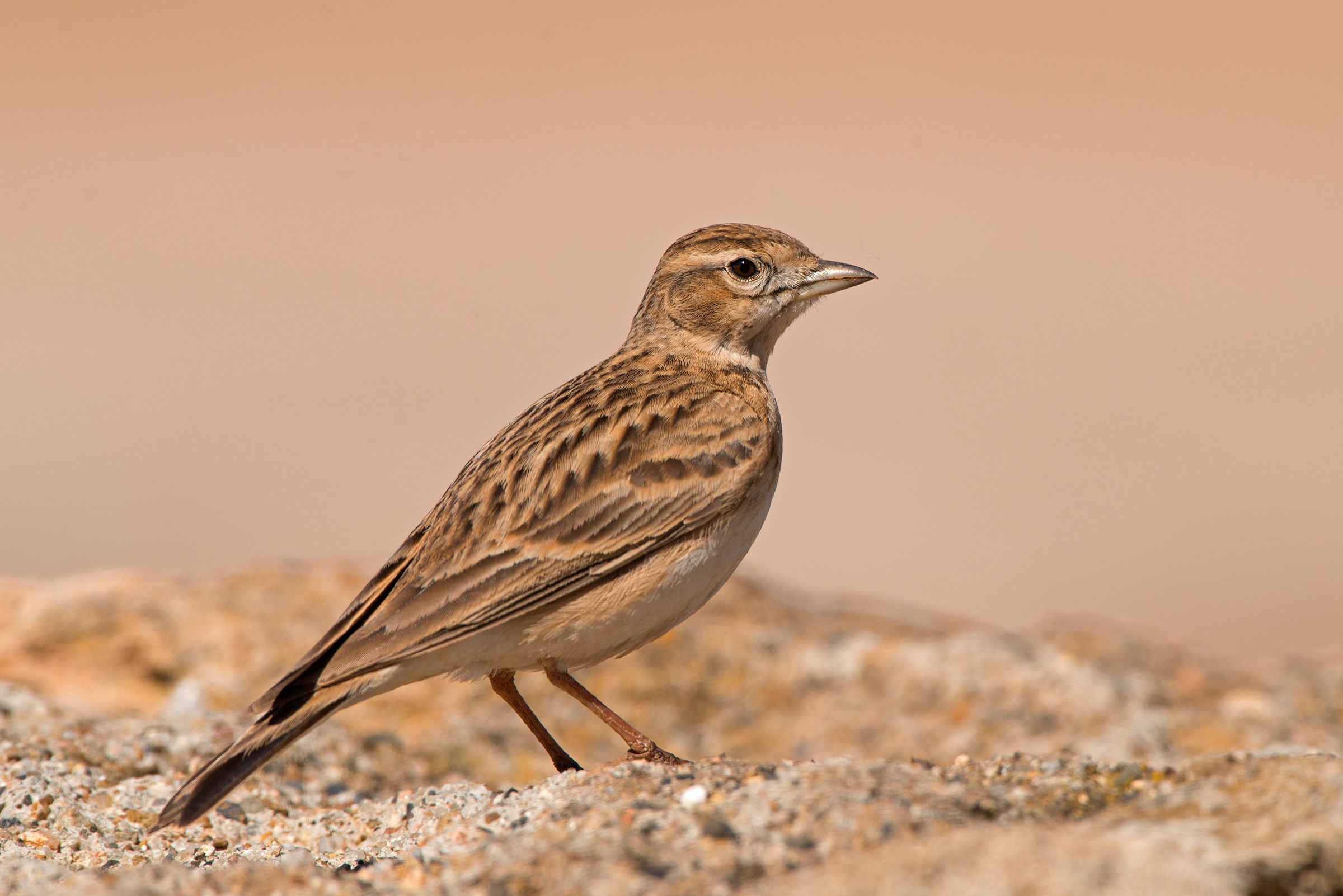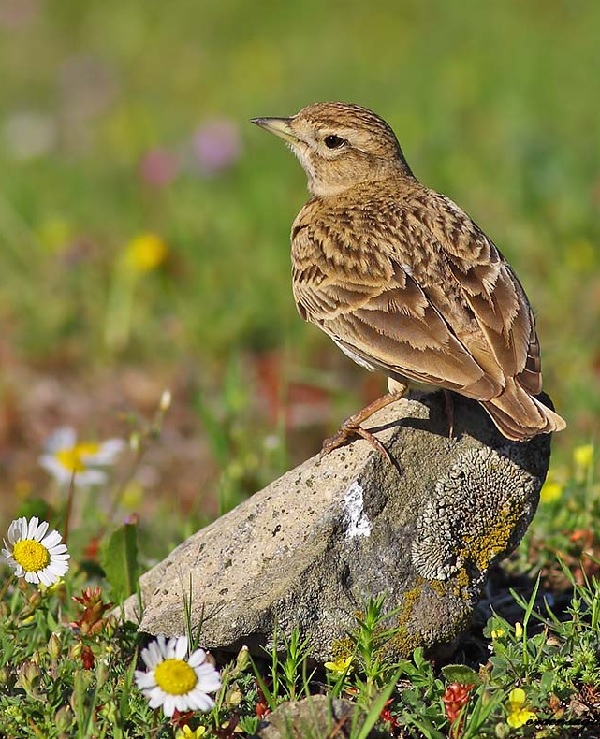The Stark's Lark: A Glimpse Into Calandrella Starki
Share
The Stark's Lark, scientifically known as Calandrella starki, is a fascinating bird species belonging to the family Alaudidae within the order Passeriformes. This article delves into the characteristics, habitat, behavior, and conservation status of this unique bird, providing insights for birdwatchers and nature enthusiasts alike.

Taxonomy and Classification
Calandrella starki was first described by Shelley in 1902, and it is part of the suborder Oscines, which includes many songbirds. The species is named after Wilson's Fountain, located in Great Namaqualand, where it was initially observed. The Stark's Lark is closely related to other larks in the genus Calandrella, which are known for their distinctive songs and ground-nesting habits.
Physical Characteristics
Stark's Lark is a medium-sized bird, characterized by its slender body and long wings. The plumage is generally sandy-brown, providing excellent camouflage against the arid landscapes it inhabits. The bird's underparts are lighter, and it features a distinctive streaked pattern on its back and wings, which aids in its identification.

Habitat
The Stark's Lark is primarily found in southwestern Africa, with its range extending from southern Angola through Damaraland and Great Namaqualand. It also inhabits areas eastward through the Kalahari Desert and Ngamiland, reaching western Transvaal. This species prefers open grasslands, savannas, and semi-arid regions, where it can forage for food and nest safely.

Diet
The diet of the Stark's Lark mainly consists of seeds, insects, and other small invertebrates. It forages on the ground, using its sharp eyesight to locate food among the grasses and soil. The bird's feeding habits play a crucial role in the ecosystem, as it helps control insect populations and contributes to seed dispersal.

Behavior
Stark's Lark is known for its melodious song, which is often heard during the breeding season. Males sing to establish territory and attract females. The bird is generally solitary or found in small groups, especially outside the breeding season. Its flight is characterized by a series of rapid wingbeats followed by short glides, making it agile in the air.
Reproduction
The breeding season for Stark's Lark typically occurs during the rainy season when food is abundant. The female builds a nest on the ground, usually hidden among grasses to protect it from predators. The clutch size usually ranges from two to four eggs, which are incubated by the female. After hatching, both parents are involved in feeding the chicks until they fledge.

Conservation Status
Currently, the Stark's Lark is not considered endangered, but its habitat is threatened by agricultural expansion and land development. Conservation efforts are essential to ensure the survival of this species and its habitat. Birdwatchers and nature enthusiasts can contribute by supporting local conservation initiatives and promoting awareness about the importance of preserving natural habitats.
Birdwatching Tips
For those interested in observing Stark's Lark in its natural habitat, the best time to visit is during the early morning or late afternoon when the birds are most active. Look for them in open grasslands and savannas, particularly in southwestern Africa. Binoculars and a good field guide can enhance the birdwatching experience, allowing enthusiasts to appreciate the beauty and behavior of this remarkable species.
In summary, Calandrella starki is a captivating bird that plays a vital role in its ecosystem. Its unique adaptations and behaviors make it a subject of interest for ornithologists and birdwatchers alike. By understanding and protecting this species, we can ensure that future generations will also have the opportunity to appreciate the Stark's Lark in the wild.